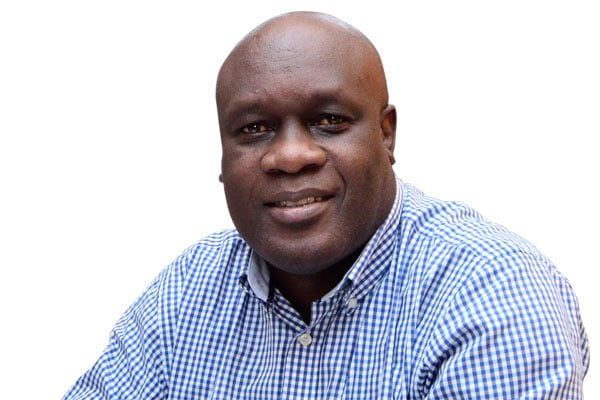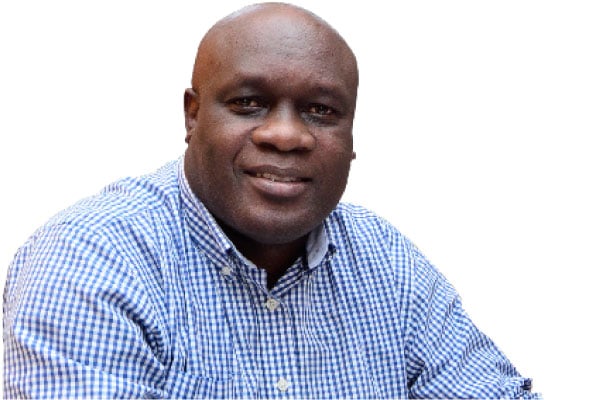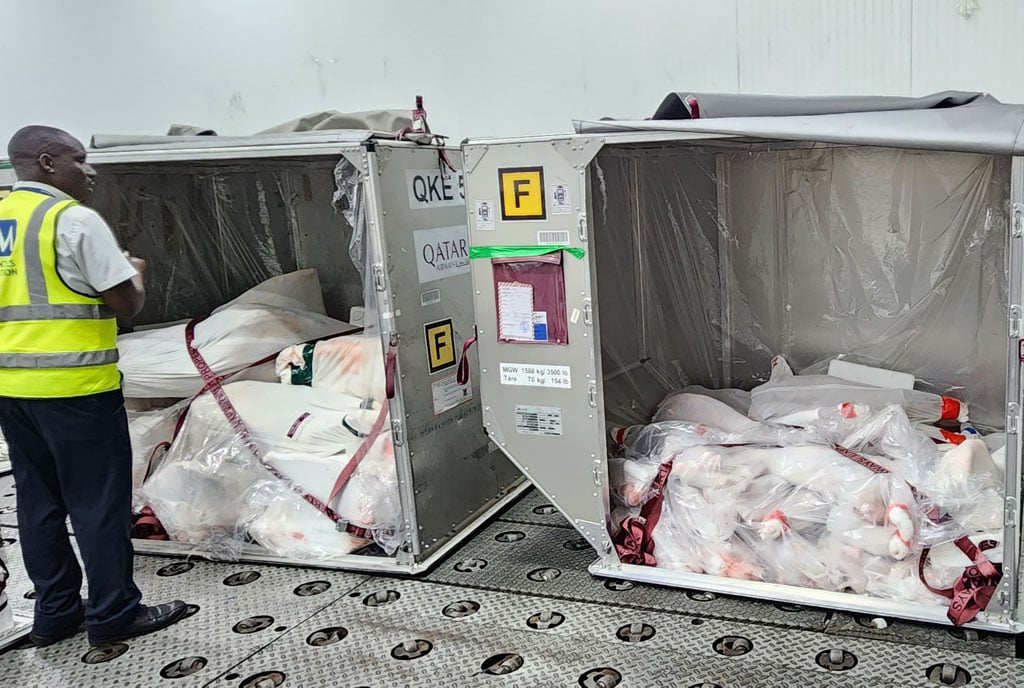Prime
Move from reporting dots to drawing lines

Author: Odoobo C. Bichachi is the Nation Media Group (NMG)-Uganda public editor. PHOTO/FILE.
What you need to know:
...there are so many reasons as to why Uganda media is not always able to deliver the journalism that explains, that connects and that paints the whole graphic picture of a given story.
One of the enduring criticism about our journalism is that it often tends to be episodic, to focus on dots rather than joining the dots into lines that then create a complete picture of events. This is by no means a Ugandan problem. It can be said about media in many other countries in the global south. Within the region, perhaps only the Kenyan media does better, and not always!
Fair or not, this is a factor of many things that include skills, resources, public interest, impact (or lack of it), etc.
While the other factors are external, skills and resources are directly in the realm of the newsrooms. Today, there is a dearth of skilled and experienced journalists in many newsrooms occasioned by constant exits for one reason or the other which means new reporters and editors are constantly learning new things and exiting when they are just beginning to get a hunk of it.
Resources (or lack of it) is the other factor in the newsrooms that often confines journalists to reporting dots and press release/press conference journalism as these do not require a lot of money and skills to do. To invest journalistic capital (time, skills, research, etc) into a news tip or press release costs money and time which is less available in the media considering falling readership and advertising, as well as the instinct to go fast and first.
Yet this failure to invest journalistic capital into stories; to join the dots and paint a full picture, almost means that more audiences increasingly find little or no value in what we do and will in turn further reduce the resources available to us to do journalism of impact.
This week, I was called by two passionate media consumers that also regularly share feedback, about two stories: the truck drivers’ strike at the Kenya-Uganda border and the roadworks along Kampala-Jinja highway, specifically adjacent to Seeta High School, Kigunga.
On the former, the reader thought our reporting was not joining the dots to paint a picture of what it means to have cargo trucks stuck; stretching from Malaba to Bungoma on the Kenya side of the border, a distance of 35km, because of a dispute on Covid-19 testing charge.
He said our interspersed stories have focused on the dispute and less on the impact. For instance, he asked, how much revenue has URA lost in the seven days cargo trucks have not crossed the border? How much income have the Internal Container Depots (ICDs) in Uganda (in Malaba, Busia, Kampala, Jinja, etc) lost in the same period because no trucks have entered their parking yards? How about truck owners that earn when their trucks are moving: how much has this grounding cost them in terms revenue and number of round trips? And so many other dots to this story that could put into perspective the cost of US $30 per driver Covid-19 testing dispute.
On the latter story, another reader complained about our spasmodic coverage of the climate change and its impact, at one time drumming up and condemning the dumping of murram at an Entebbe lake shore by a city tycoon, and all silent about the reclaiming of the swamp opposite Seeta High School by another tycoon that will block drainage in an area prone to flooding and where the road has just been fixed by UNRA at great cost to taxpayers and to motorists in terms of time lost.
He said it would be useful if journalists joined the dots on the relationship between filling up swamps to build factories, disrupted drainage systems and its impact on infrastructure, livelihoods, trade, etc. All the current chock-points between Mukono and Kampala today whenever it rains and floods are where swamps have been filled up. Who pays the cost of fixing infrastructure broken down by abuse of environment laws? Can a cost be put to it? Why has wetland conservation failed? And so forth!
Well, there are so many reasons as to why Uganda media is not always able to deliver the journalism that explains, that connects and that paints the whole graphic picture of a given story. But there are also equally many reasons why our media should shift from reporting dots to drawing lines, least of them is that it is what will attract and keep audiences in an era of so much shallow information.
Send your feedback/complaints to [email protected] or call/text on +256 776 500725.



